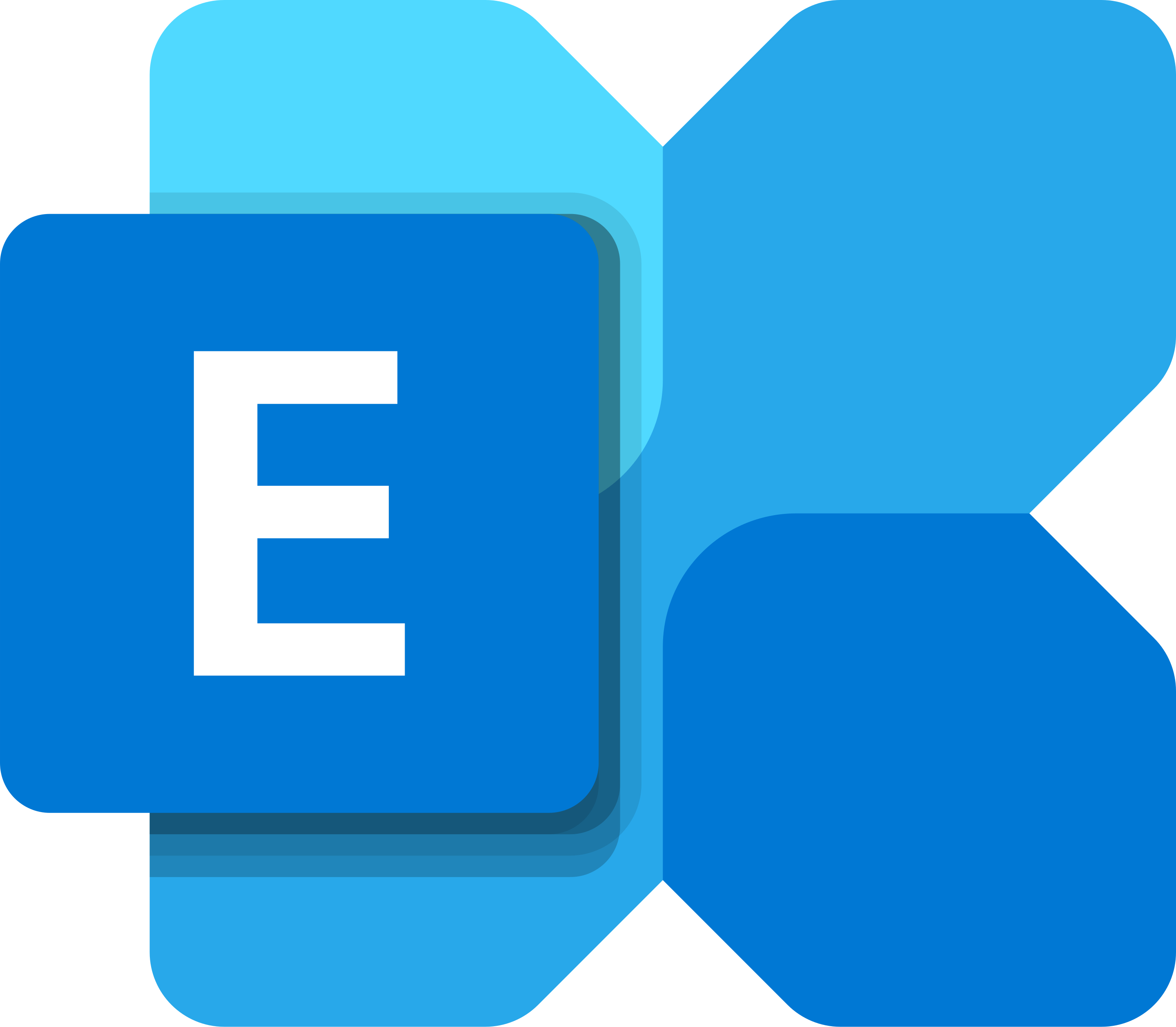SmarterMail vs. Microsoft Exchange

An Alternative to Microsoft Exchange for Business Communications
Exchange is Microsoft’s enterprise-grade email, calendaring, and collaboration server. It can run on-premises and is an integral part of Microsoft 365, giving organizations flexibility in how they manage infrastructure and security. With deep integration into Outlook and the broader Microsoft ecosystem, Exchange delivers multi-device sync, can be coupled with strong spam and malware filtering, and offers compliance features to meet regulatory requirements. IT teams can fine-tune policies, automate mailbox management, and rely on built-in high availability and recovery options. However, operating an on-premises Exchange environment typically demands significant hardware and specialized expertise, which is why many teams evaluate leaner alternatives with lower maintenance profiles. For organizations that want enterprise email without heavy resource, personnel, and licensing overhead, SmarterMail offers a comparable feature set in a more streamlined, cost-efficient package.
What makes SmarterMail stand out?
SmarterMail deploys cross-platform on Windows Server, multiple “flavors” of Linux, or as a container (e.g., Docker). It includes built-in anti-spam and anti-virus, security features such as IDS and Brute Force detection, and more, right out of the box. Even better, SmarterMail offers simple, predictable licensing with straightforward pricing and no surprise add-ons. This enables easy migration from legacy servers with minimal disruption, keeps operations admin-friendly with less to configure and maintain, and scales reliably from small businesses to multi-tenant enterprise. SmarterMail offers flexible on-prem installation on bare metal servers, virtualized environments, or even in the cloud. Best of all, SmarterMail works with any desktop client, including Outlook, and any mobile client so inboxes feel familiar across devices.
-
Cross-platform Deployment
-
Built-in Security
-
Simple, Predictable Licensing
-
Easy Migration
-
Versatile Deployment
Enterprise Email Without the Exchange Price Tag
SmarterMail delivers all the core features of Exchange: enterprise email, calendars, contacts, tasks, and full Outlook and mobile sync while removing the costly CALs, plug-ins, and Windows-only limitation.
SmarterMail is the only mail server with native MAPI support that runs on Windows, Linux, and Docker, with built-in anti-spam and anti-virus included at no extra cost. It’s designed for security, scalability, and reliability and is ideal for any business: web hosts and ISPs, Small to Medium-sized businesses, and large enterprise organizations
SmarterMail Key Benefits:
- Native MAPI support without Outlook plugins or connectors
- Cross-platform deployment: Windows, Linux, Docker
- Simple, affordable licensing with no CALs required
- Built-in anti-virus and anti-spam, intrustion detection, brute force detection, and more
- Lower maintenance overhead and flexible deployment
The Hidden Constraints
Exchange is the long-time market leader for enterprise email, but it comes with high licensing costs, complex CAL requirements, and a locked-in Windows Server ecosystem.
Features like MAPI support are available only within the Microsoft ecosystem, and ICALs significantly increase costs as your organization grows. This can make Exchange a challenging choice for smaller IT teams or budget-conscious organizations that still need email, groupware, and collaboration features without the overhead of Exchange’s subscription-based licensing model.
Then there is the concern about privacy. Microsoft forces all email traffic to traverse its own servers, regardless of whether Exchange is in the mix or not. Even if you send email from your own domain, hosted on your own servers, and use Outlook, that message traffic first goes through Microsoft’s infrastructure before it reaches its intended recipient. This raises huge red flags for security and privacy minded individuals and organizations.
Microsoft Exchange Key Limitations:
- Requires CALs per user/device
- Runs only on Windows Server
- Higher setup and maintenance costs
- Some collaboration tools require separate licenses
- The loss of privacy and independence when sending or receiving email via Outlook
Full Exchange Capabilities Without the Bloat
SmarterMail delivers the same core features as Microsoft Exchange: enterprise email, calendars, contacts, tasks, and full Outlook and mobile sync, while costing a fraction of the price. With flat-rate licensing and no per-user or per-device CALs, a 250-user setup runs about $3.4K compared to Exchange’s $23.8K. SmarterMail runs on Windows, Linux, and Docker for flexible deployment, which includes advanced anti-spam and anti-virus tools out of the box, and has lower maintenance overhead. The result is a fully featured, cross-platform solution that matches Exchange’s capabilities without the steep cost or licensing complexity.
